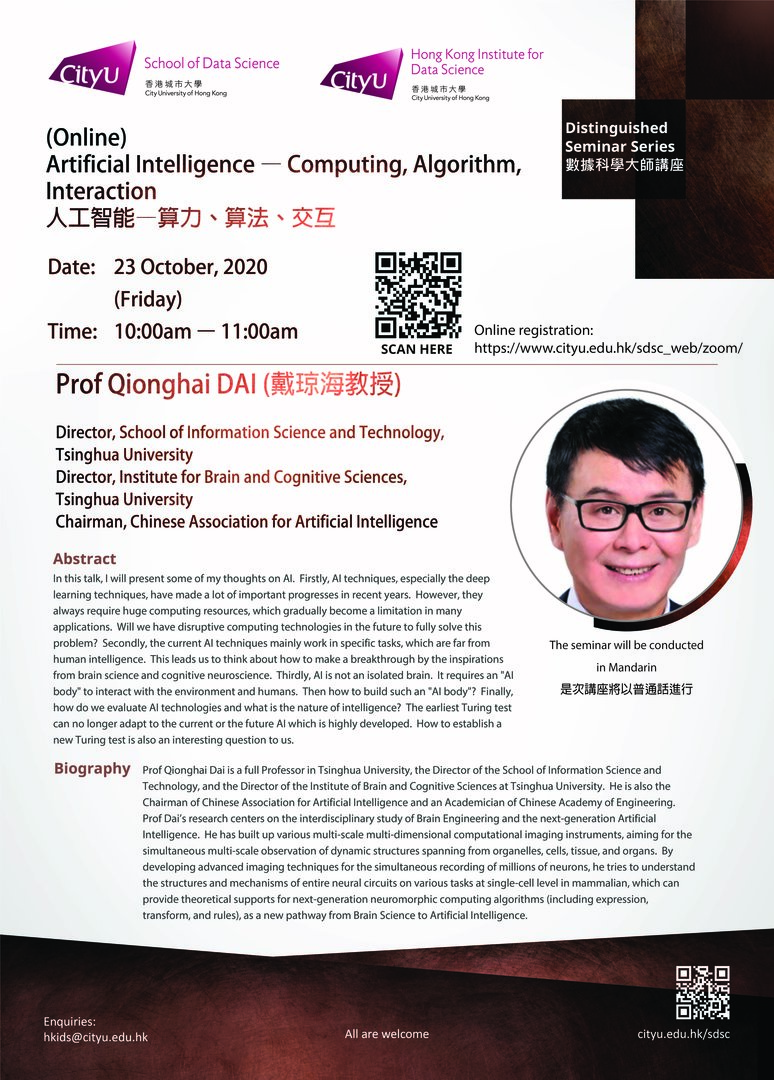
In this talk, I will present some of my thoughts on AI. Firstly, AI techniques, especially the deep learning techniques, have made a lot of important progresses in recent years. However, they always require huge computing resources, which gradually becomes a limitation in many applications. Will we have disruptive computing technologies in the future to fully solve this problem? Secondly, the current AI techniques mainly work in specific tasks, which are far from human intelligence. This leads us to think about how to make a breakthrough by the inspirations from brain science and cognitive neuroscience. Thirdly, AI is not an isolated brain. It requires an "AI body" to interact with the environment and humans. Then how to build such an "AI body"? Finally, how do we evaluate AI technologies and what is the nature of intelligence? The earliest Turing test can no longer adapt to the current or the future AI which is highly developed. How to establish a new Turing test is also an interesting question to us.
Speaker: Professor Qionghai DAI
Date: 23 October 2020 (Fri)
Time: 10:00am – 11:00am
Poster: Click here
Latest Seminar
Biography
Prof Qionghai Dai is a full Professor in Tsinghua University, the director of the School of Information Science and Technology, and the director of the Institute of Brain and Cognitive Sciences at Tsinghua University. He is also the chairman of Chinese Association for Artificial intelligence. Qionghai’s research centers on the interdisciplinary study of Brain Engineering and the next-generation Artificial Intelligence. He has built up various multi-scale multi-dimensional computational imaging instruments, aiming for the simultaneous multi-scale observation of dynamic structures spanning from organelles, cells, tissue, and organs. By developing advanced imaging techniques for the simultaneous recording of millions of neurons, he tries to understand the structures and mechanisms of entire neural circuits on various tasks at single-cell level in mammalian, which can provide theoretical supports for next-generation neuromorphic computing algorithms (including expression, transform, and rules), as a new pathway from Brain Science to Artificial Intelligence.